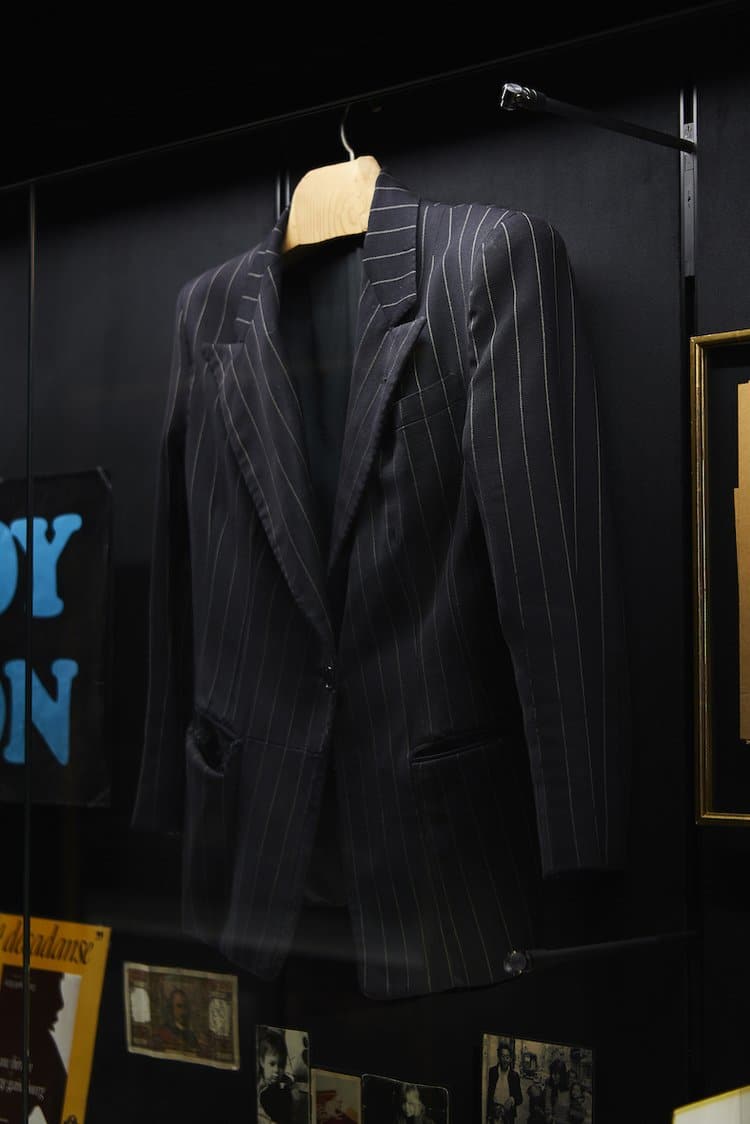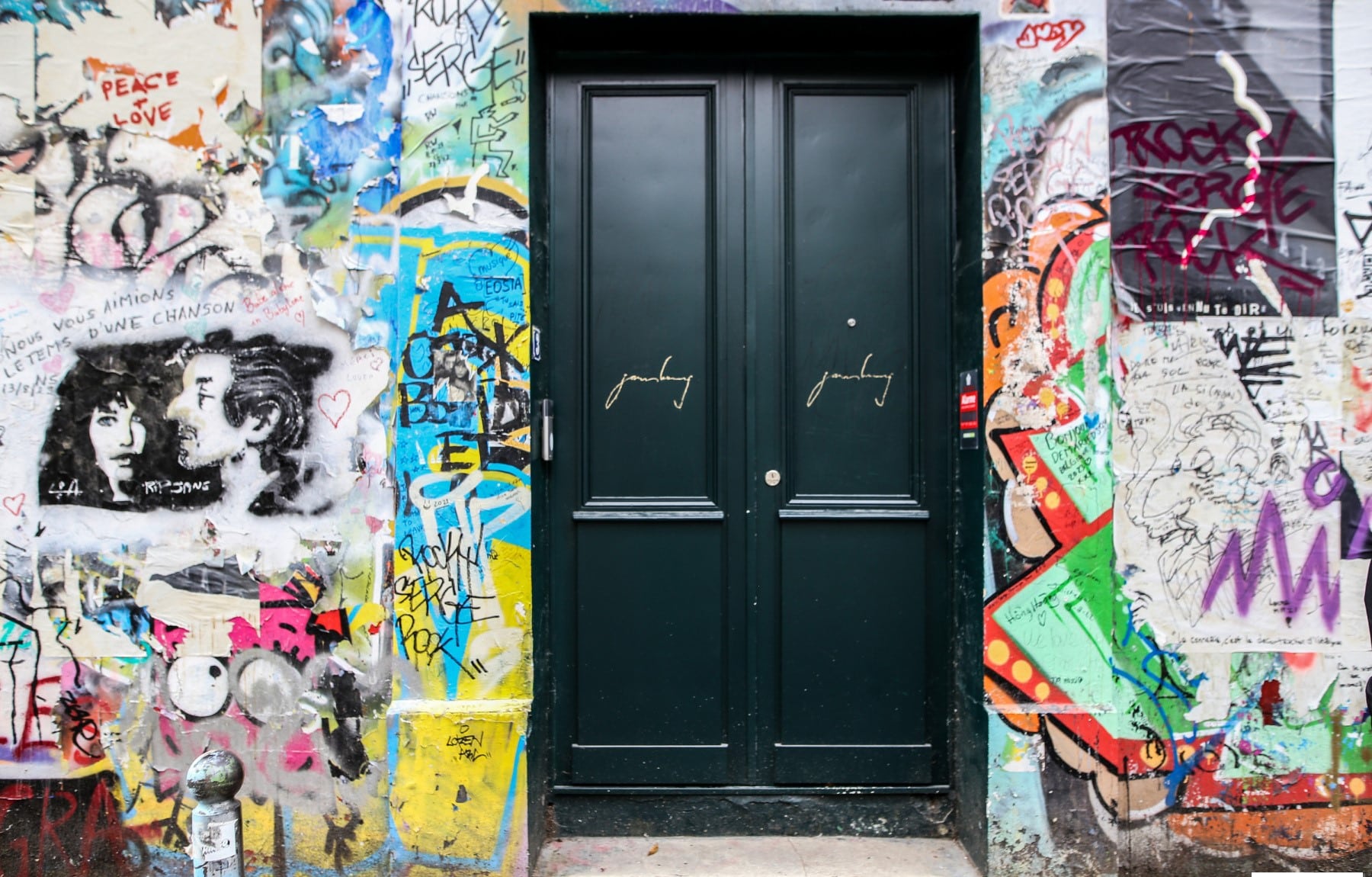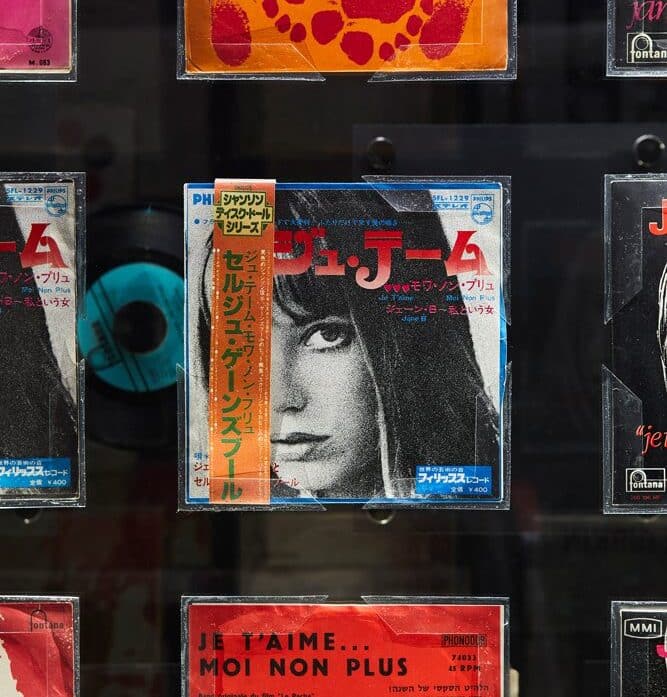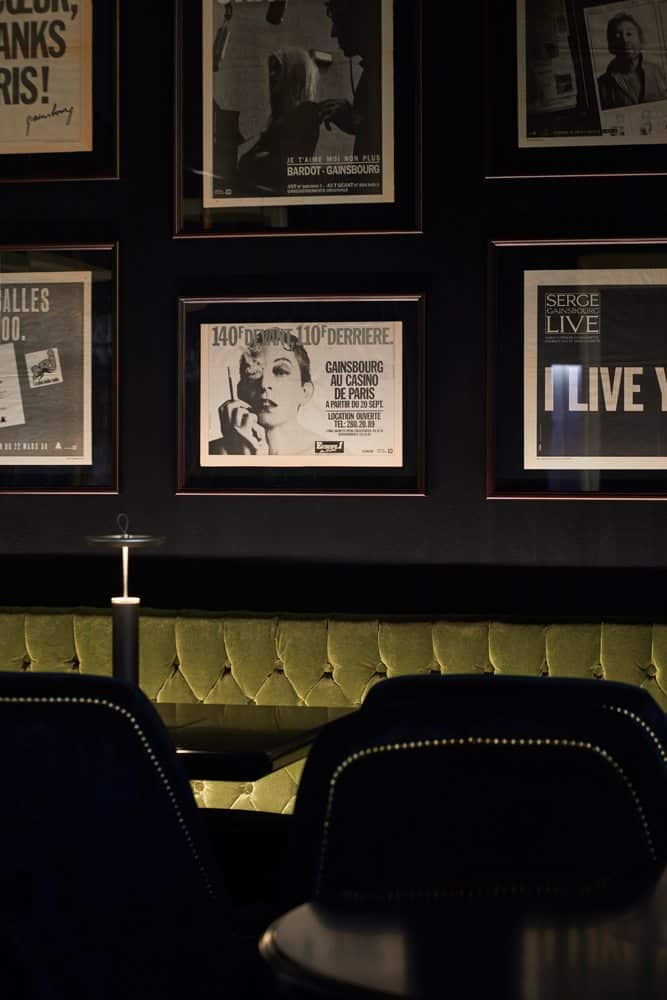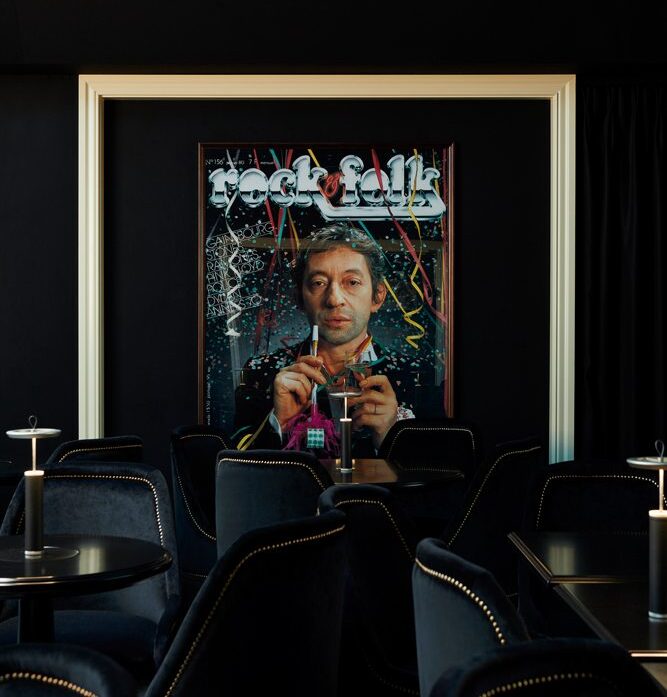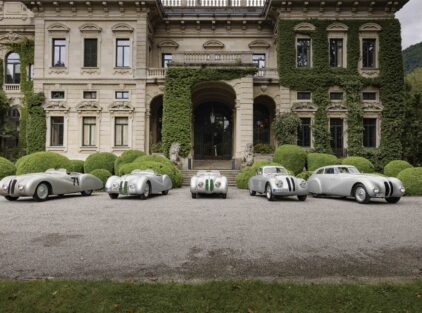“Childhood is the only period of my life for which I feel nostalgic,” Jane Birkin once told me in a conversation. “It is the only place that escapes the control of adults and where I would like to live forever. Even Heaven is not any better, I don’t think – although we’ll never find out about that.”
by Yorgos Archimandritis
Today, Charlotte, Jane’s daughter with the legendary musician Serge Gainsbourg, is recalling her own childhood, making the decision to open to the public her paternal home located at number 5 rue Verneuil in Paris. This is the house where her parents settled a few months after they met, in the late 60s. In this house she was born and lived the first years of her life. “With my sister Kate,” she recalls, “we used to spend time in the children’s room. We were only passing through the living room. We could hear the sounds of the piano in the distance. After my parents got divorced, I lived in this house a second life, spending weekends there with my father. [..] We watched movies together on the big screen he had in front of his bed. He chose them with passion. He was proud of those films he bought on cassette tapes, without subtitles, on the Champs Elysées. Movies of American cinema, westerns, Coarse and Woody, Charlie Chaplin, horror films, old Disney films, but also Italian comedies.”
Legendary personality of the French music scene, Serge Gainsbourg was born on April 2, 1928, to Russian-Jewish parents, from whom he received solid aesthetic and artistic foundations. His first great love is painting. But music wins him over and, following in his father’s footsteps, he becomes a pianist. As a performer, he begins his career at the age of 30, while also composing songs for other singers. His brief affair with Brigitte Bardot, at the end of 1967, would inspire a series of immortal songs, including “Je t’aime… moi non plus”, which, the following year, he would record on a now classic duet with his new partner Jane Birkin. The song will cause a huge scandal and become an equally huge hit. Always provocative, but also deeply sensitive, Serge Gainsbourg will take his last breath on March 2, 1991 in the house at 5 bis rue de Verneuil, where he had lived for a full 22 years.
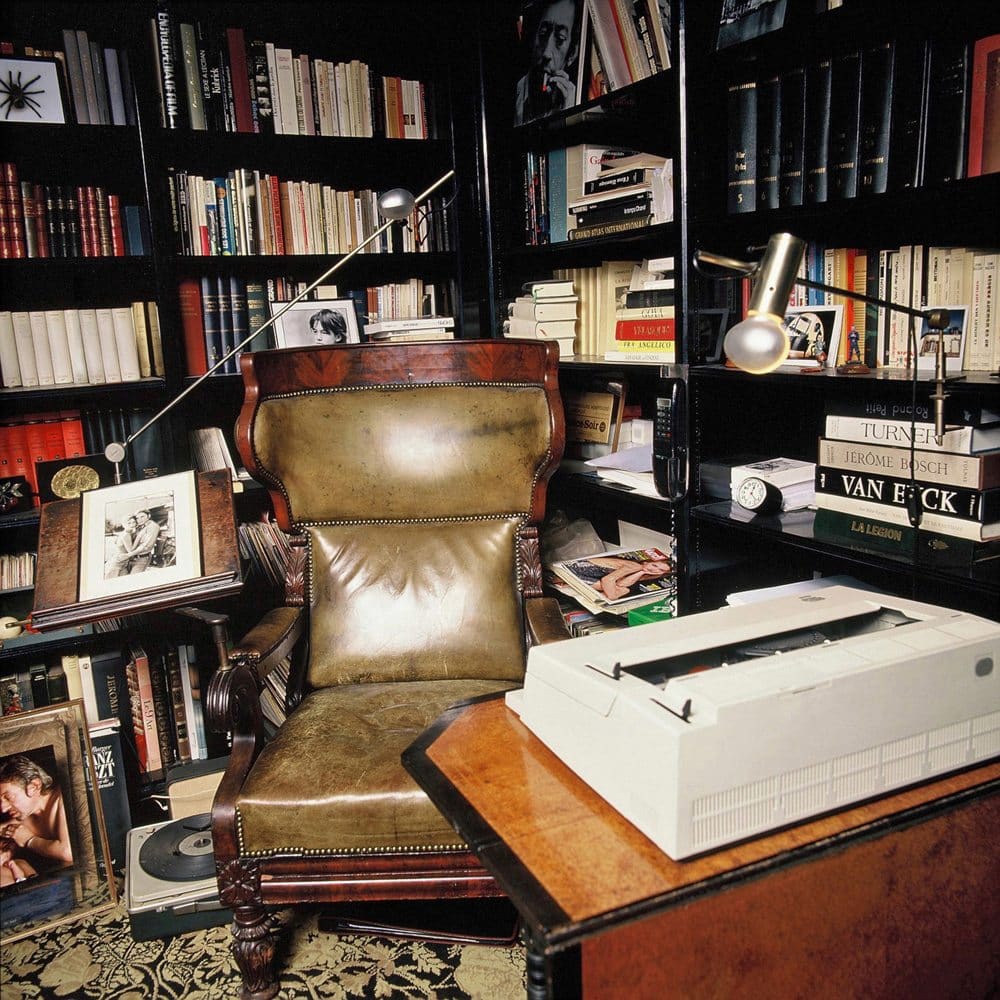 This house, which was for him a source of inspiration and creation, was kept intact by Charlotte for more than 30 years. “After my father’s death in 1991,” he says, “I feel a duty to keep this place as it is. The pain is too great for me to find the courage to touch anything. For me it is a place of worship, a place of pilgrimage, a place of remembrance. I turn the key in the lock, enter. I close the door behind me. Time stops. I travel mentally. The smells are always there. I cherish the memories. In the silence.”
This house, which was for him a source of inspiration and creation, was kept intact by Charlotte for more than 30 years. “After my father’s death in 1991,” he says, “I feel a duty to keep this place as it is. The pain is too great for me to find the courage to touch anything. For me it is a place of worship, a place of pilgrimage, a place of remembrance. I turn the key in the lock, enter. I close the door behind me. Time stops. I travel mentally. The smells are always there. I cherish the memories. In the silence.”
A few months ago, the house opened its doors to the public, offering a unique journey into the life and work of the iconic artist. Wearing headphones, we wander inside guided by Charlotte’s voice as she shares with us personal memories and anecdotes about her father and the house where he grew up. We discover his rooms one by one, entering from the famous living room on the ground floor with the black paneling on the walls. On the first floor, we find Gainsbourg’s office, where he secluded himself to read and write, the room with the dolls, the bathroom with wooden decoration and his bedroom, which is also the most personal space in the house.
Opposite, at number 14 of the same street, another space dedicated to Serge Gainsbourg has been created, consisting of a museum, a bookshop-shop and a cafe (by day) and piano bar (by night), Gainsbarre. The museum offers an immersion in the universe of the genius artist, through 450 emblematic objects, manuscripts, clothes and jewelry that belonged to him and which are exhibited for the first time to the public.
“This secret garden, it was only mine,” adds Charlotte in her note on the opening of her father’s house as a public space. “It seems like thirty plus years had to pass before I felt the need to share ‘him’… Today I invite you to immerse yourself in the world that is full of ‘history’. Living rooms with selected items, purchased or donated, each linked to a different era. A memory, an album, a movie, a moment of life. Moments that come to life through his compositions known to all of us, through his voice. A public figure today finds his place, his environment, his essence. I hope that I offer the public a special experience, which will perhaps give a new hearing to his work. An experience, if possible, at the height of his own legacy.”

